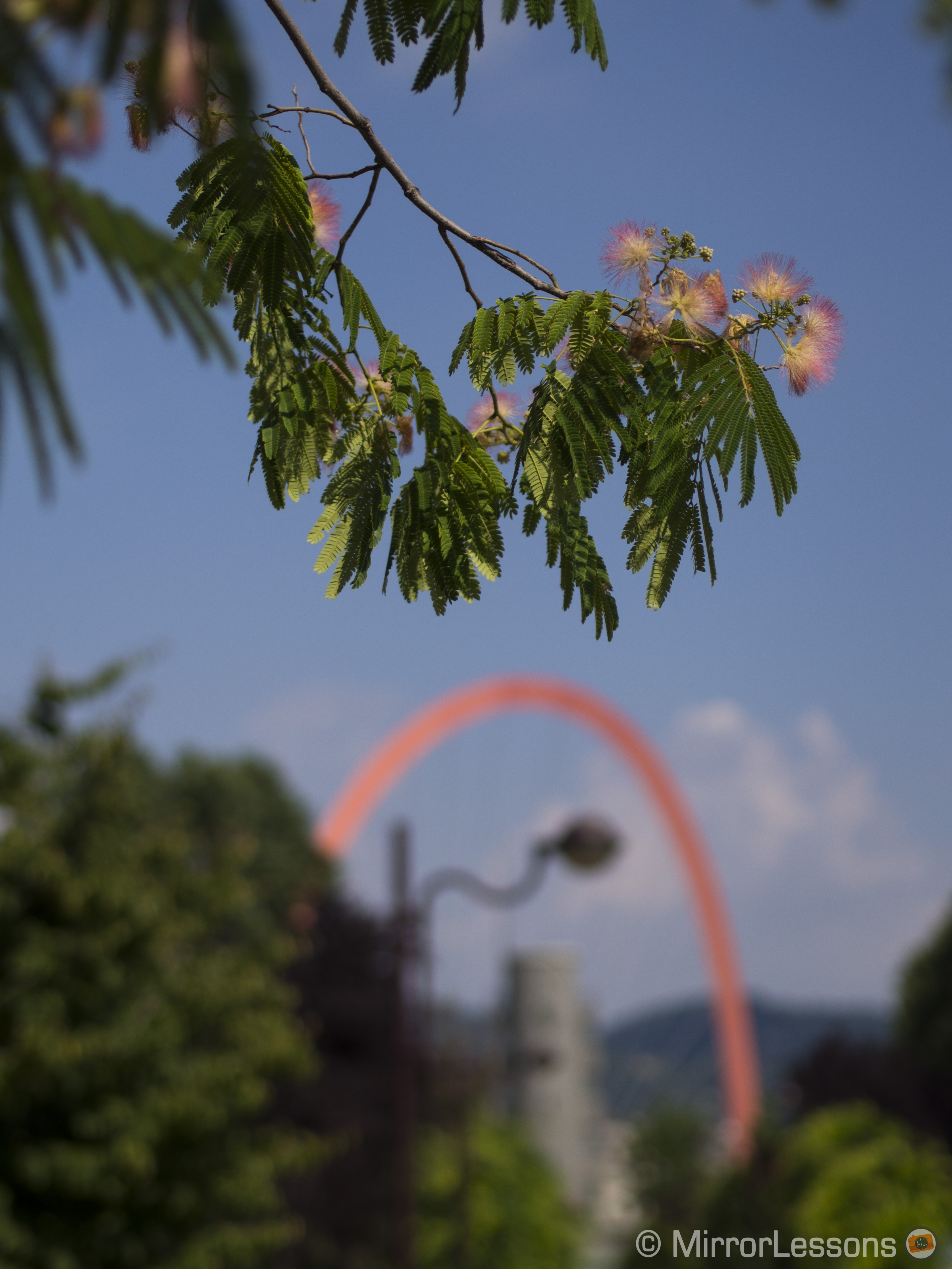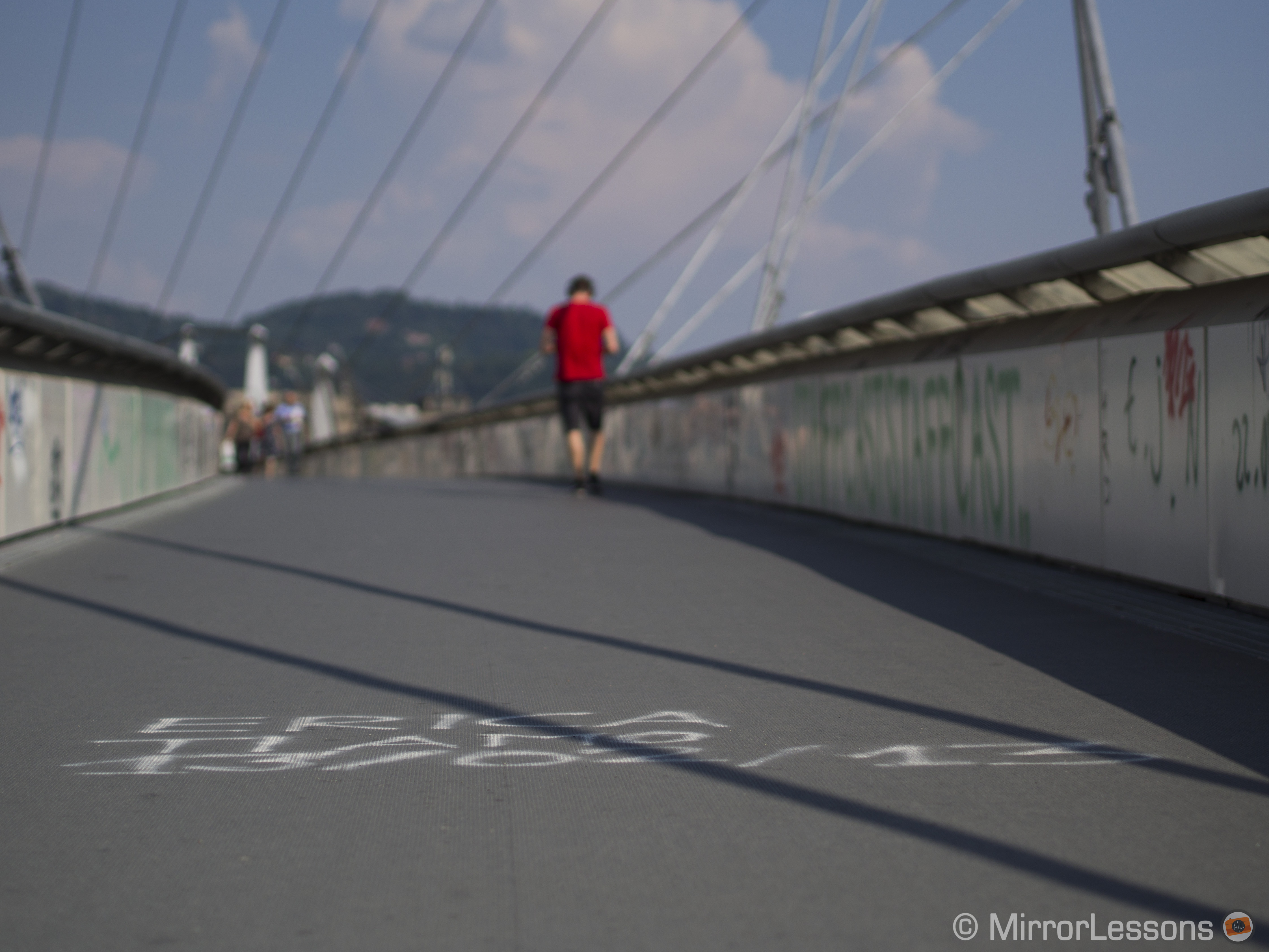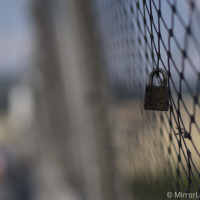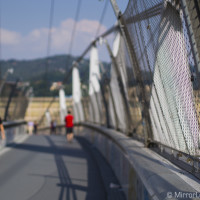Update: our full review of the Pen E-P5 is now up!
In terms of specifications, the Pen E-P5 is so similar to the king of the Olympus mirrorless line-up, the OM-D E-M5, that one would hardly connect it to the prosaic Pen bloodline. To use a shallow metaphor, it is the “Kate Middleton” of cameras – a maiden arisen from humble beginnings, but destined for something much greater.
And, as with every queen-to-be, this new Pen is a shrewd mistress. Not only does she insist on being on an equal footing with the King, but she also upstages him in a number of subtle ways. Two of these aspects are shutter speed and low ISO performance.
Whereas the OM-D can reach a very respectable 1/4000th of a second, the E-P5 has a mechanical shutter speed of 1/8000th of a second, making it the mirrorless camera with the fastest mechanical shutter speed on the market to date. (Note: the most recent models in the Nikon 1 series can reach 1/16000, but only with an electronic shutter.)
As for ISO performance, the E-P5 can reach 100 ISO, dubbed Low in the menu. It isn’t a native ISO value but rather an extension of the low value 200. A lower ISO value will, of course, result in less noise in your images, but could also slightly reduce the dynamic range. The E-M5, by comparison, can reach a maximum low ISO value of 200.
So, why are high shutter speed and low ISO so important to photographers?
Well, imagine you are out on the streets at midday preparing a photo shoot. The sun is so strong that you can almost visualize that proverbial egg cooking away on the pavement. You know that if you want to use a fast aperture to produce a shallow depth of field (thus isolating your subject from the background), you’re going to need the fastest shutter speed and the lowest ISO possible. This is where a camera like the E-P5 can really come in handy because it gives you the equivalent of two stops down to work with.
To test these two improvements, I took the E-P5 out for a walk on a bright sunny day here in Turin in search of some close-up shots in which I could easily isolate the subject from the background. For every shot, I used 1/8000 shutter speed and Low ISO along with the widest aperture available on my M.Zuiko 45mm lens, f/1.8.

I have to say that, combined with the fast aperture of the 45mm, 1/8000 was the ideal shutter speed for midday shooting. Even when standing in direct sunlight on the lightly coloured (and extremely reflective) pavement, the exposure value would always sit between 0.0 and -0.7. I would be very curious to see if 1/8000 sec. were enough on, say, the beach or a snowy landscape.

Of course, with a lens that has a slower aperture, such as a kit zoom for instance, it would be difficult to find a situation in which the sun were bright enough to use 1/8000. This is why this fast shutter speed is intended primarily for portrait and macro photography with fast primes.

Regarding the dynamic range at Low 100 ISO, I didn’t notice any substantial differences between 100 and 200 ISO during my test. The extended 100 ISO equivalent seems to be doing its job just fine.
What do you think of these shots? Is the Pen E-P5 the sort of camera you could find useful for your kind of photography you do?










If you can afford it, I’d say E-M5 or E-P5 as they both have 5-axis stabilisation. At that point, you’ll have to choose whether you prefer a built-in viewfinder or an external one like the VF-4. You can also pop into your local camera store and try them out in person. No review or product description will ever be able to tell you how a camera really feels in your hands!
A second piece of advice would be to wait until late January or February when the E-M5’s successor is announced. Both the E-M5 and E-P5 will drop in price as a result. 🙂
Personally, I absolutely hate using an ND (or any other) filter during my photo walks. Adjusting exposure via aperture and shutter speed is much more practical. I always forget to remove the filter and just when I don’t need it, it’s on my lens. The 1/8000s shutter speed sounds interesting. I’m in the market for an Olympus micro four thirds camera, but I’m not sure which one to choose; the E-M5 or the E-P5. A very affordable secondhand E-M5, an affordable new E-PL6 or a much more expensive brand new E-P5 with VF-4.
Absolutely, ND filters can be a cheap solution for almost every camera;)
OR you could get an ND filter and keep the camera you have.